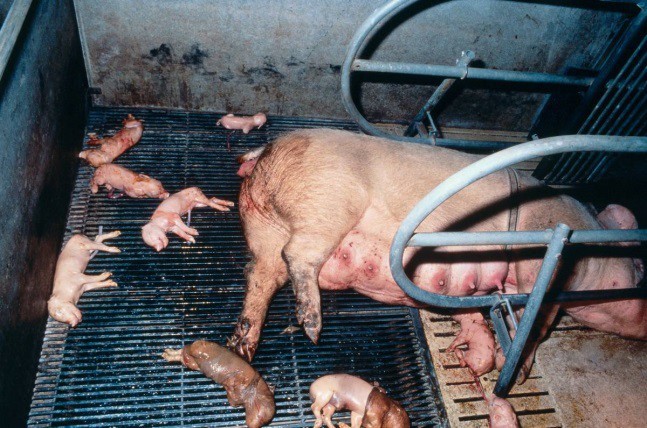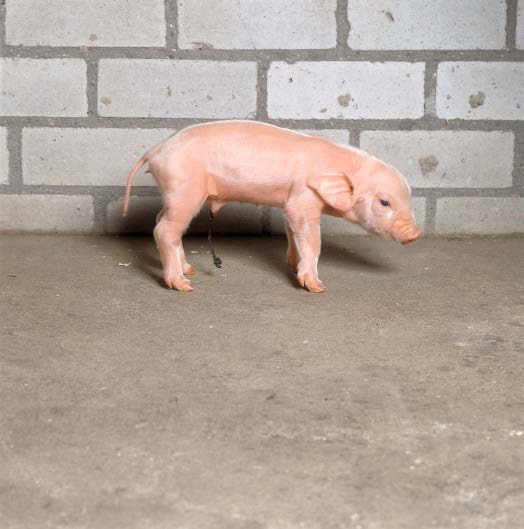PRRS
Overview
PRRS (Porcine Reproductive and Respiratory Syndrome) also known as blue ear is prevalent worldwide in pigs with an estimated herd prevalence of 58% for the disease in Ireland.
PRRS is caused by a small enveloped RNA virus and it results in significant losses due to reproductive disorders and growth retardation.
PRRS is usually transmitted by close contact between animals. Clinically normal pigs can be persistent carriers of the virus. Sows infected at 85 to 90 days of pregnancy can give birth to infected piglets which can shed the virus for a prolonged period.
Herd to herd transmission can occur following the introduction of carrier animals or the use of infected semen. The virus can also be spread via contaminated equipment and there are reports that the virus can spread in the air for up to 3km.
The disease is often subclinical and it’s suppression of the animal’s immune system can predispose to secondary bacterial and viral infections. It is indirectly responsible for huge economic losses in finishing herds due to its major role in the multifactorial Porcine Respiratory Disease Complex (PRDC).

Clinical Signs
Clinical signs can vary significantly from one herd to another. PRRS should be considered when there are clinical signs of respiratory disease at any stage of production, in herds with reproductive problems and in herds with suboptimal performance.
PRRS infection can cause severe reproductive damage, including:
- Premature farrowing
- Stillborn or mummified pigs, weak pigs that die soon after birth
- Delayed return to service
- In addition to reproductive failure, sows and gilts may show anorexia, fever, lethargy, pneumonia, agalactia, red/blue discolouration of the ears (blue ear) and vulva and subcutaneous and hind limb oedema
- Death in rare cases
Infection in growing and finishing pigs can lead to reduced growth and feed efficiency, costly treatment for respiratory problems and increased mortality.
Among the clinical signs are:
- Fever
- Sneezing
- Coughing
- Pneumonia
- Lethargy and discharges from the eyes and nose
- Newborn piglets occasionally with sticky brown material over the eyelids

Diagnosis
Clinical signs of PRRS are distinctive but not diagnostic. Clinical signs can vary from mild to severe and the disease can present as different syndromes attributable to immunosuppression by the field virus. PRRS should be confirmed by laboratory diagnosis. There are numerous diagnostic methods for PRRS:
Serology
Serological testing can be used to determine the status of a herd: infected or free. Paired samples are required to confirm the involvement of PRRS in the clinical problem seen in the herd at a particular point in time. The ELISA test is used routinely for PRRS assessment. It is used to diagnose PRRS and to determine the epidemiology of the PRRSV infection. Once time of infection is known, a tailor-made control strategy can be suggested. The epidemiology in a population should be checked 1 to 2 times a year.
PCR testing
PCR testing detects part of the virus particle and therefore is very specific. PCR tests are very sensitive for detecting very low quantities of the virus. Most pigs will harbour the virus without clinical consequences, so finding the virus must be associated with clinical signs for a diagnosis of PRRS to be made. Rope testes for detection of PRRS in saliva can be used.
